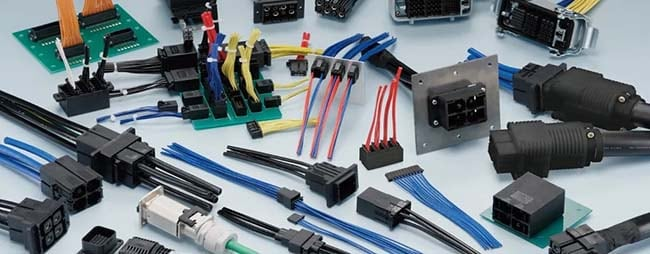An electronic connector is a relatively common type of electronic device. With it, the assembly and manufacture of electronic products become easier. Currently, the application of connectors has been widely used in communications, computers, industrial machinery, consumer electronics and other fields.
Although electronic connectors are a common type of electronic product, the requirements for connectors in each application area still vary widely. According to the main categories, there are dozens of types of connectors, and there are hundreds of categories in the products of Conrail Connectors. How to find the connector product that meets the needs in a large number of products is a heavy work for designers.
The focus of this article is to start from the application, select the most popular connector application areas, and recommend some representative connector products according to the application characteristics of these industries to facilitate designers to choose.
Ⅰ. Key elements in electronic connector selection
Before we get into the specific selection points, let’s look at what are the broad categories of connectors.
The National Electrical Distributors Association (NEDA), which is supported by a wide range of companies, defines the industry classes of connectors and divides them into five industry classes, namely:
1, Wire-to-board connectors or wire-to-wire connectors
2, Box to box or input/output level
3, IC chip or chip to package level
4, IC package or board level package
5, PCB board to board connector
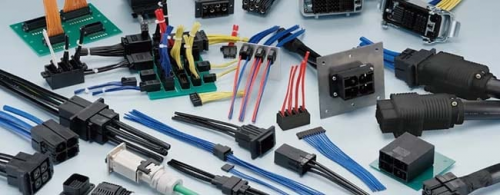
Figure 1: Wide variety of connectivity products (Source: TE)
In fact, there is no set classification of connectors in the industry. While there is a wide variety of connectors on the market, these connectors can broadly fall into one (or more) of the five categories listed above.
Connector technology has undergone significant changes in recent years. the growing number of 3C applications (computers, communications, and consumer electronics), the increasing miniaturisation of electronic devices as they become more compact, and the growing demand for products with advanced functionality, convenience, and connectivity have created new opportunities for a wide variety of connector technologies. For example, fibre optic and radio frequency (RF) coaxial connectors play a key role in automotive and datacom applications, but are also driving significant growth in demand for connectors. connector market leaders such as TE Connectivity, Amphenol, Molex and others are on the one hand technologically dominant, and on the other hand are beneficiaries of the market growth.
Ⅱ. How to select connectors
As connector manufacturers continue to introduce new products to the market, the range of connector choices has become wider in practical applications and the choice seems to be more complex. In order to avoid dazzling you when selecting, just start from the following aspects, designers can easily find the most suitable connector products.
-
Determine the type of connector required
First of all, we need to define the needs and find the corresponding connector type according to the use and shape, for example, whether we choose PCB connectors, or wire-to-board connectors, wire-to-wire connectors or ribbon and flat cable connectors.
-
Electrical properties or parameters of the connector
The main purpose of the connector is to transfer electrical signals from one place to another, playing the role of circuit bridging. The electrical parameters of the connector usually refers to the connector’s rated voltage, rated current, contact resistance between the terminals, the connector itself, insulation resistance, dielectric strength and so on. These parameters directly affect the connector material selection. For example, in high-voltage occasions, the connector must be used with strong insulating properties of the insulator material.
-
Signal Integrity
Crosstalk occurs when there is coupling (inductive or capacitive) between different signal lines, which affects the overall signal integrity of the circuit. Especially in high-speed data transmission systems like data centres, crosstalk between multiple signals on the backplane is a big problem that cannot be ignored. Although the PCB layout process will try to avoid crosstalk, but if the connector is not selected properly, all the previous efforts will be wasted.
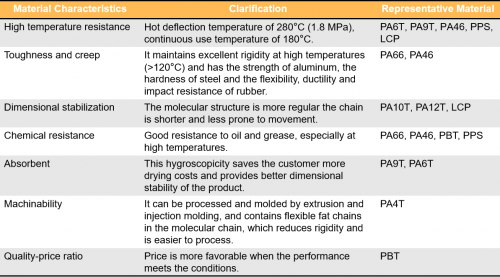
-
Electromagnetic interference
As a passive electronic components, the connector itself will not bring electromagnetic interference to other components, but the peripheral electromagnetic interference (EMI) radiation will affect the electronic system connected to it through it. Some connector suppliers have even made strict protection within their products.
-
Mechanical and environmental considerations
In the normal course of operation, the connector will usually be affected by mechanical stress. For example, in some applications the connector needs to be plugged and unplugged regularly or frequently.
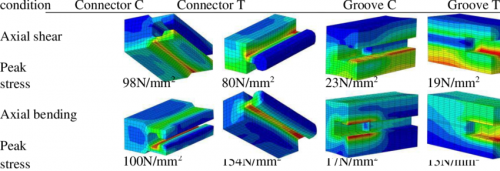
In addition, in special extreme environments such as defence, industry, aerospace, etc., the entire component, including the connector, is inevitably subjected to shock and vibration. Of course, temperature, humidity and atmospheric pressure are also important factors that must be taken into account at the beginning of the connector selection process. In any case, the selected connector must be able to function properly in the environment in which it will be used.
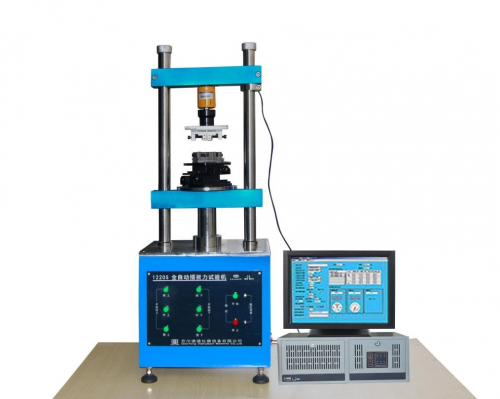
III. Recommendation
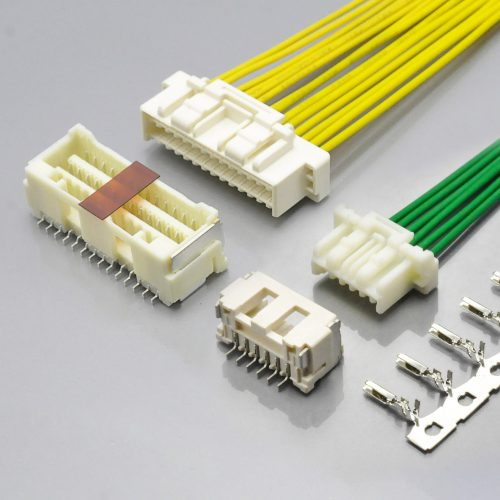
KONNRA Connectors offers its customers the KR1507 ruggedised low voltage connector with friction locks for a secure mating and extremely high retention force for electrical reliability in harsh environments.The team at KONNRA Connectors has the experience and expertise to produce customised and systematic solutions to meet customers’ needs.
